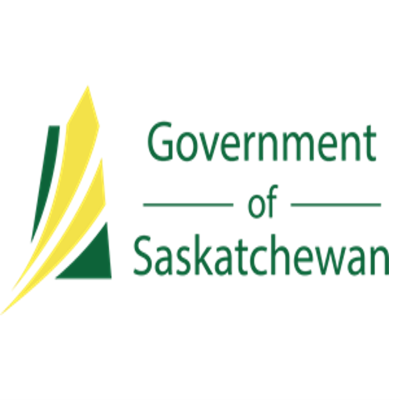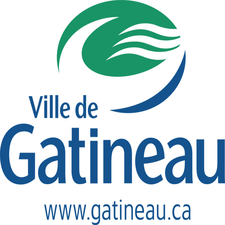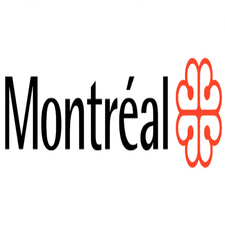Infrastructure
Type of resources
Available actions
Topics
Keywords
Contact for the resource
Provided by
Formats
Representation types
Update frequencies
status
Scale
-
The Open Database of Buildings (ODB) is a collection of open data on buildings made available under the Open Government License - Canada. The ODB brings together 530 datasets originating from 107 government sources of open data. The database aims to enhance access to a harmonized collection of building features across Canada.
-

The Interactive Weight Classification map of the Province includes all weight classes in Saskatchewan assigned by the MoH in order to maximize the economic movement of goods and minimize the damage to road structure
-

V1 standard pedestrian infrastructure**This third party metadata element was translated using an automated translation tool (Amazon Translate).**
-

Web Map contains all layers of Saskatchewan Upgraded Road Network (SURN).
-

Geometric and conventional representation of airport facilities for planning purposes. The geospatial “aerodrome” data is structured according to the following layers of information: - CARTO-VOI-AERODROME-TRACK: A defined surface on earth intended to be used, in whole or in part, for the arrival, departure and maneuvers of aircraft. - CARTO-VOI-AERODROME-PARKING: A furnished area, off the airfield runway, intended for the parking of a certain number of aircraft. These elements form part of the layers in the digital cartographic compilation.**This third party metadata element was translated using an automated translation tool (Amazon Translate).**
-

TOLLPOINT _OFFICIAL is one of the important layers for Saskatchewan Upgraded Road Network (SURN) and National Road Network (NRN). The TOLLPOINT _OFFICIAL provides the information of road Toll Points to clients that require accurate, relatively up-to-date and detailed description of Saskatchewan Road Network. TOLLPOINT _OFFICIAL, This layer contains data about a place where a right-of-way is charged to gain access to a motorway, a bridge, etc. TOLLPOINT _OFFICIAL contains all the Toll Point locations in the Saskatchewan. TOLLPOINT _OFFICIAL is an important part of the Saskatchewan road network dataset. Each point geometry " TOLLPOINT" has unique Identifiers (NID). "NID" National Identifier is used to manage the updates between data producer and data users.
-

Last updated automated: 2025-12-15 21:26:27 BLKPASSAGE_OFFICIAL, This layer contains data for a structure indicating a physical barrier on a Road Element built to prevent or control further access. BLKPASSAGE_OFFICIAL contains all the blocked passage points in the Saskatchewan. BLKPASSAGE_OFFICIAL is an important part of the Saskatchewan road network dataset. Each point geometry " BLKPASSAGE" has unique Identifiers (NID). "NID" National Identifier is used to manage the updates between data producer and data users.
-

FERRYSEG_OFFICIAL provides the information about the Ferry Connection Segments. Ferry Connection Segment is the specific representation of a portion of a ferry connection with uniform characteristics. FERRYSEG_OFFICIAL is one of the base layer used to create "Ferryseg" layer for Saskatchewan Upgraded Road Network (SURN) and National Road Network (NRN). This data layer has been created for mainly MHI data users, that require relatively up-to-date and accurate description of all ferry routes in the Province of Saskatchewan. FERRYSEG_OFFICIAL consists of the data for the average route a ferryboat takes when transporting vehicles between two fixed locations on the Road Network. "NID" National Identifier is used to manage the updates between data producer and data users. FERRYSEG_OFFICIAL data layer serves as a foundation for SURN, NRN, SASK911 and other applications.
-

Last updated: 2025-12-15 23:52:19 ROADSEG contains all the features from HIGHWAY_OFFICIAL, RURAL_ROAD_OFFICIAL and OTHER_ROAD_OFFICIAL. ROADSEG is the Saskatchewan road network data that is being used by NRCAN as National Road Network (NRN). ROADSED data layer has been generated by merging HIGHWAY_OFFICIAL, RURAL_ROAD_OFFICIAL and OTHER_ROAD_OFFICIAL. Unique Identifiers (NID) is associated with each line segment. "NID" National Identifier is used to manage the updates between data producer and data users. ROADSEG data layer is one of the important data table for SURN, NRN, SASK911, CAR, SGI-iHaul and other applications.
-

ROADSEG is one of the important layers for Saskatchewan Upgraded Road Network (SURN) and National Road Network (NRN). The ROADSEG is created to serve a diverse group of clients that require relatively up-to-date and accurate description of Saskatchewan Road Network. ROADSEG contains all the features from HIGHWAY_OFFICIAL, RURAL_ROAD_OFFICIAL and OTHER_ROAD_OFFICIAL. ROADSEG is the Saskatchewan road network data that is being used by NRCAN as National Road Network (NRN). ROADSED data layer has been generated by merging HIGHWAY_OFFICIAL, RURAL_ROAD_OFFICIAL and OTHER_ROAD_OFFICIAL. Unique Identifiers (NID) is associated with each line segment. "NID" National Identifier is used to manage the updates between data producer and data users. ROADSEG data layer is one of the important data table for SURN, NRN, SASK911, CAR, SGI-iHaul and other applications.
 Arctic SDI catalogue
Arctic SDI catalogue